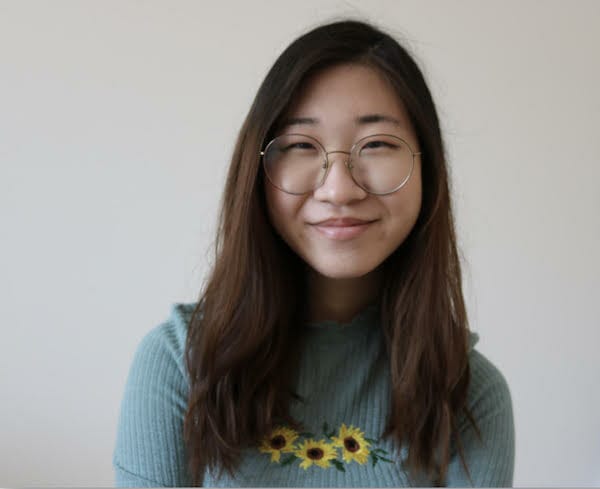Families across the wall, old lynching postcards from 1908, crayon portraits, a real look into homelessness, and COVID-19—all these snapshots and more are shown in the exhibitions Truth in Photography.
With an abundance of photo essays to explore, the exhibition is split into three sections titled, Looking for Truth in a Digital Age, The Ethics of Truth, and Community and Cultural Identity. We are given the freedom to explore in any sequence.
From history to the present, the photo essays tell their own intimate stories, touching on topics such as COVID-19, homelessness, Civil War, US-Mexico relations, gentrification, cultural identities, and more. There aren’t just photos but also videos, interviews of the photographers, and additional commentary that create a more interactive and well-rounded experience.
TRUTH IN PHOTOGRAPHY features The Wall
In the photo essay The Wall by Griselda San Martin, we are confronted by two sets of photos. On the left, we see photographs taken by government photographers for the U.S. Customs and Border Patrol. The images are filled with muted colors, the wall being built, and border patrol officers. We only see one image of migrants, but it’s distanced enough that we cannot see the faces of any of them. In comparison, the photos by Martin give us a breath of humanity. Families and friends are seen talking through the wall. One shows a couple getting married with the border in the background. The wall is also much more colorful with paintings of grass, flowers, and the sky. The images are accompanied by a short film by Martin titled The Other Side where we get a more intimate look at a father and daughter separated because of immigration.
African American Community Photographers
The photographs of Eugene Roquemore, Marion Butts, Elnora Frazier, Alonzo Jordan, Louise Martin, and S. Juanita Williams fill the photo essay of African American Community Photographers. Each photographer has their own style and focus. Frazier’s photos are portraits, Roquemore, Williams, and Butts give us a look into the communities—with photos of weddings and students. Jordan’s images also show members of the community but also intimate photos of men and women in their homes doing everyday activities. In Martin’s photos, we see the familiar face of Coretta Scott King and a somber photo of Martin Luther King Jr’s funeral procession. With the voices of each photographer to accompany the photography, we get a greater look into their lives and work process. Through the photos in African American Community Photographers, we get to see into the everyday lives of the community in a way we might not have seen before.
Through Truth in Photography, we truly see the power of photography. The photo essays allow a new perspective into different communities, lives, and experiences. Those who enjoy exploring different stories and perspectives through photography will enjoy scrolling through the exhibitions. Even if you don’t enjoy photography as much, the exhibitions offer such a wide range of photo essays that one, if not multiple, will likely catch your attention.
RECOMMENDED
Nominate this for The Picture This Post BEST OF 2021???
Click Readers' Choice
Want to see who won the Picture This Post READERS’ CHOICE competition last year?
WATCH THIS SHORT VIDEO—
Truth in Photography will be updated quarterly. To view the current exhibition and for information on future ones, visit Truth in Photography
Images courtesy of Truth in Photography

About the Author: Lisa Ryou
Lisa Ryou is from a suburb of Chicago. Having lived near Chicago her whole life, she is no stranger to the creative scene of the city. She is currently studying History, Museum Studies, and Art at the University of Michigan. She has been involved in fine arts her whole life and tries to use her works, both art and writing, as a way to give voice to BIPOC. When she is not at school, you can find her baking, reading, painting, or taking photos.








Nominated for Picture This Post BEST OF 2021